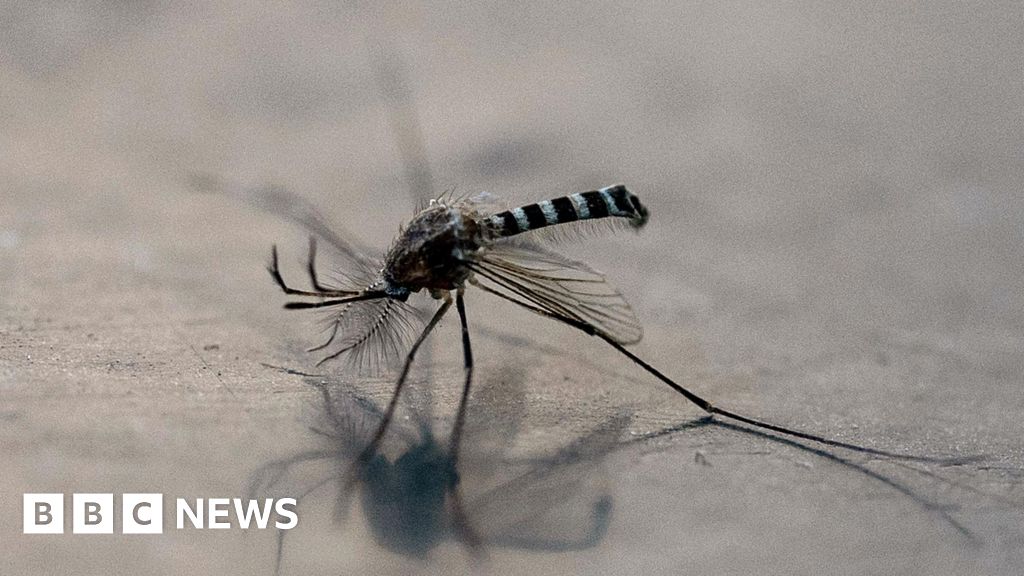
Colombia has declared a nationwide health emergency after at least 34 people died of yellow fever, according to official figures.
Yellow fever is caused by a virus transmitted to humans by infected mosquitoes. It can be prevented by a vaccine which in most cases provides lifelong protection.
The government has urged people to get vaccinated ahead of the Easter weekend, a time when many Colombians travel to warmer areas where the mosquitos that spread the disease are more prevalent.
Health Minister Guillermo Alfonso Jaramillo said those going to high-risk areas would be required to show proof of vaccination.
The health minister said that there had been 74 confirmed cases of yellow fever in Colombia so far during this outbreak and urged people to get the vaccine, which in Colombia is free of charge.
The number of cases reported is much higher than in recent years.
In 2023, there were only two cases, and there were none from 2019 to 2022, according to figures published by the ministry of health.
Mr Jaramillo told Colombian radio station RCN that the current outbreak had been particularly lethal “with a mortality rate of nearly 50% among those infected”.
Many of the yellow fever cases were clustered in the eastern part of Tolima province.
The area is known for its coffee plantations and beautiful landscapes and is popular with both national and international tourists.
Colombian President Gustavo Petro warned on social media that “people who have not been vaccinated should not go to high-risk areas during Easter: for now the coffee area”.
Yellow fever can be difficult to diagnose and its symptoms can be confused with those of other diseases or fevers.
According to the World Health Organisation (WHO), most people recover after the first phase of infection which usually involves fever, muscle and back pain, headache, shivers, loss of appetite, and nausea or vomiting.
But the WHO warns that about 15% of people face a second, more serious phase involving high fever, jaundice, bleeding and deteriorating kidney function.
Half of those who enter this “more toxic” phase usually die within 10 to 14 days, WHO figures suggest.



